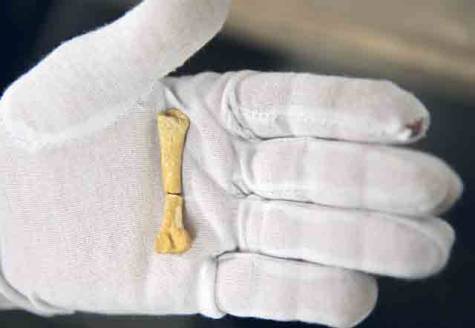
© Dave PlunkertIt's time to rethink the idea that our 'big' brains make us special
Oversized brains are to humans what trunks are to elephants and elaborate tail feathers are to peacocks - our defining glory. What would we be without our superlative, gargantuan, neuron-packed brains? Like Donald Trump without his towers, Simon Cowell without his sneering put-downs or Bridget Jones without her diaries. We would just be ordinary primates. Unquestionably smart ones, of course, just not special.
Uncomfortable as it is to contemplate, it is looking increasingly likely that our brains are not something to write home about after all. One group of researchers has scrutinised the primate archaeological record and concluded that the human brain has evolved just as would be expected for a primate of our size. Meanwhile, a biologist who has compared the number of neurons in the brains of all sorts of animals says there is nothing special about the human brain compared with other primates. No one is doubting the fact of human intelligence, but they say it can no longer be attributed to a "supersized" brain. Humans, apparently, are no more than ordinary primates with ordinary-sized brains.
These findings undermine a fundamental and long-standing belief about our place in the kingdom of life: that Homo sapiens is the greatest species ever to grace the Earth and that we have become the greatest because our brains are the best ever to have evolved. Admittedly, justifying this assertion has taxed our self-professed ingenuity. Clearly ours is not the biggest brain on the planet in absolute terms - whales and elephants outdo us by up to six times - but we counter this by arguing that bigger animals are bound to have bigger brains. And if you take body size into account our brain is exceptionally large, as much as seven times larger than those of other mammals (
Science, vol 121, p 447). The underlying assumption is still that when it comes to intelligence, brain size matters. But does it?

